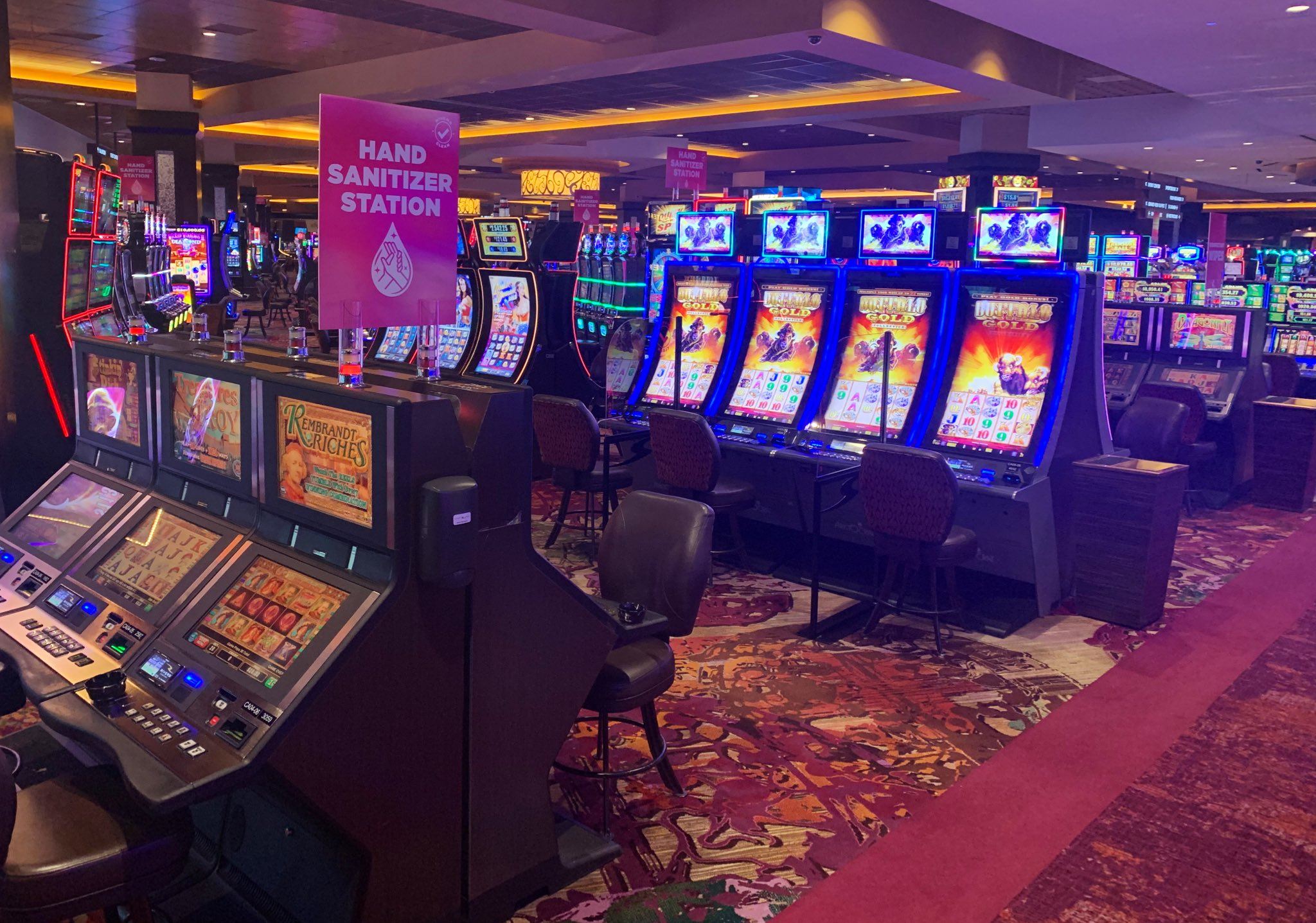
Within a lively and stimulating world of casinos, wherein luck and tactics intertwine, hues and design play a key role in attracting gamblers. From the moment players step into a casino or log into a gaming platform, they are enveloped in a sightly feast that grabs their attention and lures them to explore more. Vivid colors, captivating graphics, and innovative layouts are meticulously crafted to create an environment of excitement and anticipation, ultimately enhancing the gaming experience.
As players move through the dynamic landscape of casino games, they come across a variety of designs that not only serve visual purposes but also affect emotions and choices. Colors like scarlet and gold symbolize wealth and luck, while soothing blues and emeralds can create a much tranquil environment. Grasping how these elements work together allows casinos to create an welcoming and stimulating atmosphere that encourages players to engage with the games, spend more time at the tables, and increase their general enjoyment.
The Science of Hue in Casino Games
Tint plays a critical role in the development of gaming experiences, influencing players’ feelings and responses. Lively and bold hues, such as scarlet and amber, are often used to ignite thrill and capture attention. These shades create a feeling immediacy and energy, encouraging gamblers to participate more readily with the experience. By thoughtfully selecting tints, designers aim to inspire feelings of pleasure and excitement, which can enhance the overall gaming experience.
Various colors also have psychological associations that can affect how players perceive their possibilities of victory. For example, lime is often associated with fortune and prosperity, making it a well-liked choice in activities like the roulette wheel and poker games. This association can lead participants to feel more optimistic and self-assured in their gaming, ultimately motivating them to stake more. Understanding these associations allows game designers to design environments that enhance player satisfaction and retention.
In addition, the interface of casino game interfaces often employs color gradients and opposing colors to direct players’ responses. For instance, winning outcomes may be accentuated with bright, opposing shades, creating a visual cue. This approach strengthens successful results and promotes repeated participation. By leveraging the psychology of color, gambling establishments can create games that not only attract players but also hold them interested and dedicated in their play experience.
Design Elements that Engage Gamers
The aesthetic appeal of gambling games is largely influenced by the implementation of vibrant colors. Lively and contrasting colors are deliberately chosen to create an appealing atmosphere that captures attention. For example, crimson and golden hues often signify good fortune and prosperity, which is why they are common in the color schemes of gaming machines and table surfaces. These colors not only attract players in, but they also stir emotions related to thrill and anticipation, enhancing the overall gaming experience.
In addition to color, the design and organization of gambling games play a significant role in player attraction. Games are designed to be intuitive, ensuring that players can easily understand the guidelines and mechanics. Accessible interfaces, along with captivating graphics and motion, help maintain gamer interest and encourage longer play sessions. The tactile elements, such as the feel of the buttons and the audio of the games, also add to a holistic sensory experience that keeps players engaged.
Finally, conceptual elements in gaming design can greatly influence gaming decisions. Many gambling games are inspired by popular culture, fairy tales, or exploration motifs, incorporating symbols and characters that resonate with players. These themes create a sense of immersion and relatability, making each game feel distinct. When players feel a connection to the concept, they are more likely to choose that game over others, leading to higher participation and excitement within the gambling environment.
Case Studies: Successful Casino Game Designs
One key example of impressive gambling game design is the well-known slot machine series themed around hit movies. Games such as those based on the Wizard of Oz and Game of Thrones utilize dynamic colors and top-notch graphics to enthrall players in recognizable narratives. meilleur casino en ligne The use of dynamic visuals and captivating sound effects grabs the attention of players, establishing an psychological connection to the theme. This approach not just fosters longer play but also enhances the overall gaming experience, yielding increased player retention.
Another successful case is the application of color psychology in table games like blackjack and the wheel. Casinos often design these games with deep reds and greens, colors traditionally linked with luck and wealth. For instance, the emerald felt on a blackjack table provides a calming effect, while the crimson accents in roulette invite excitement. This intentional use of color helps to establish an inviting atmosphere that stimulates players to participate, addressing their psychological impulses and increasing their enjoyment.
Finally, online casino games that feature community features and bright, dynamic designs have seen remarkable success in engaging players. Games like Zynga Poker and Slot-O-Mania leverage striking colors and playful animations to forge an inviting online environment. The addition of leaderboards, community sharing options, and in-game rewards promotes competition and community, attracting players in for longer sessions. Such designs not just make the games visually appealing but also highlight community engagement, a vital factor in player retention and engagement within online casino environments.
